5 things to consider before you lay artificial grass
The sweet spot for our lawns in the UK is probably about a week, sitting somewhere between periods of weather that are too cold, too wet, too hot and too dry. Your lush lawn can soon turn into a brown-ish lawn and then into a desert-like lawn. Then there’s the work involved in feeding, mowing, edging and weeding.
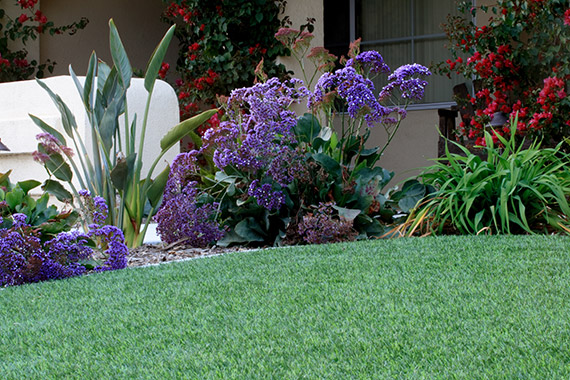
Our lawns demand a lot of our time and can give a lot back in terms of enjoyment, but far too often they leave us disappointed or frustrated. For this reason, many of us are now turning to artificial grass, which has come a long way from greengrocers’ grass or the unforgiving surfaces of artificial football pitches. Modern artificial grass is often hard to tell from the real thing, drains just like natural turf and is comfortable to lay on or play on. It’s also very durable and won’t get ruined if the kids run across it on a wet day or decide it’s now Wimbledon’s Centre Court.
But where should you start if you’re considering ditching the grass in favour of something low-maintenance? Here are the five key things to think about.
Garden size
If you have a vast, rolling lawn that you look after on your sit-on mower then artificial grass is probably not for you. The cost may be prohibitive, but your lawn is probably an important feature of your garden that’s going to be hard to better with artificial turf. If you really want to try an artificial lawn then speak with a garden designer, landscaper or professional gardener first. They may have ideas for an entire garden re-design that can incorporate some areas of artificial turf.
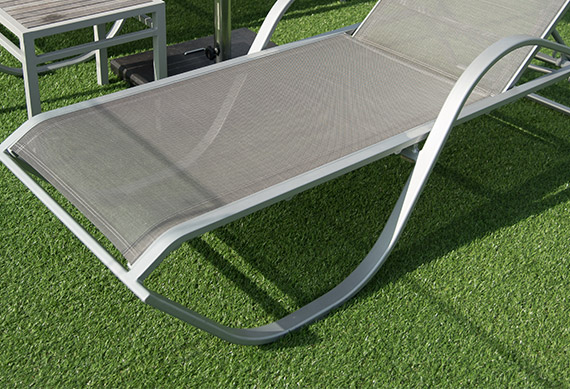
Attracting wildlife
Your grass lawn will be home to hundreds of different sorts of insects, from worms to beetles, which will in turn attract birds. You should always think of new ways to attract wildlife to your garden when you have your artificial grass installed. Consider insect houses, rocky crevices for them to hide under and plenty of bright flowers to attract the bees. Make sure there’s a water feature, or at least some kind of water source, too.
MORE THAN 4900 5✭ RATED GARDENERS AND LANDSCAPERS READY TO HELP LAY ARTIFICIAL GRASS.
POST A JOB HERE
Achieving a natural look
Most lawns don’t look like a bowling green or a well-rolled football pitch at the start of the season. So your lawn will need some imperfections for it to look real. For this reason, many manufacturers of artificial grasses create their grass with flecks of brown or some brown roots. This may sound like it will spoil your perfect lawn, but it really does make it look realistic and still appear to be a well-tended patch of turf. DIY stores or gardening experts will be able to offer a range of colours of grass too. Try to see a large area of it before you choose. Brushing the grass with a broom will give it a nice pile, as well as keeping weeds, leaves and any other detritus at bay.
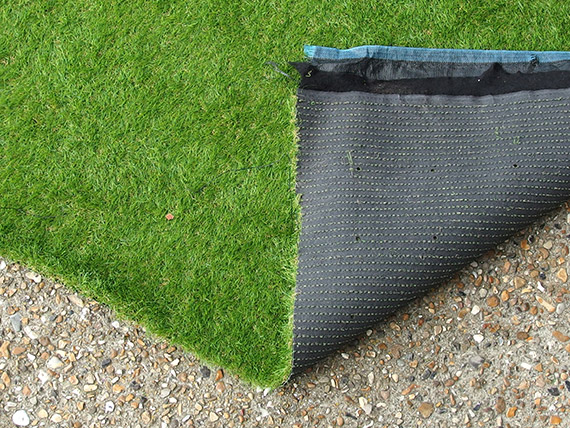
Garden drainage
A professional gardener or landscaper will lay your new artificial grass over a permeable mesh or membrane, which will also stop weeds growing up through your lawn. You should ensure that your turf has proper drainage, as it will sit in pools on the surface otherwise. The rain water should drain from the surface evenly and a good installer will be willing to come back to troubleshoot any drainage problems and remedy them. Good drainage is particularly important in areas prone to flooding and will protect your home and that of your neighbours. Do make sure you ask about this and check what your installer is putting below the permeable membrane or mesh.
Read more: big ideas for small gardens
Grass height and density
These are two of the main things that will impact on the look (as well as the cost) of your artificial turf. You will probably want a lush, spiky grass, which gives the appearance of a freshly-mown lawn. Too short and it will look bare, too long and the grass will bend over on itself. Somewhere between 30mm and 40mm is the best height for the grass. Turf will usually be sold with labels such as mid-weight, lightweight and luxury. This should be an indicator of density, but be sure to ask about weight per square-metre and compare brands and prices.
For more ideas on building a sustainable garden, read TV presenter and naturalist Chris Packham’s top tips, plus find the improvements you can do in under an hour to spruce up your outside space.
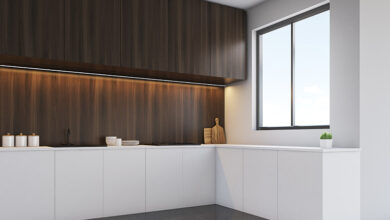
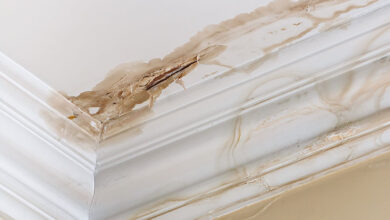
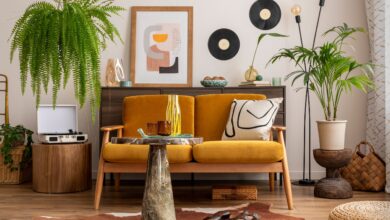
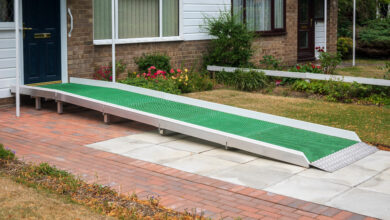
Very informative post thanks for sharing. 🙂
Its really amazing ,
we are into same business do check us out
Its very helpful and informative. It will help us lot to leverage our business.
Great job! keep it up.
What will the moles do? They’ll find a way of lumping it.
And as for cats, they are likely to choke on the fibres…